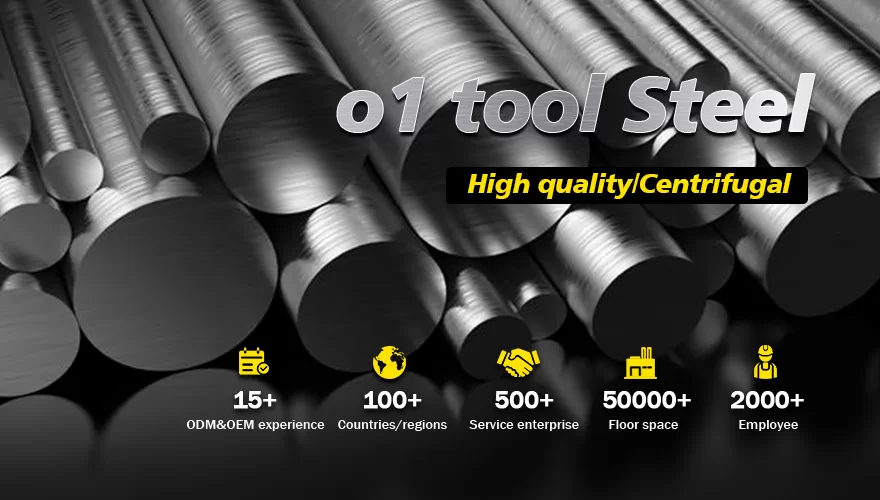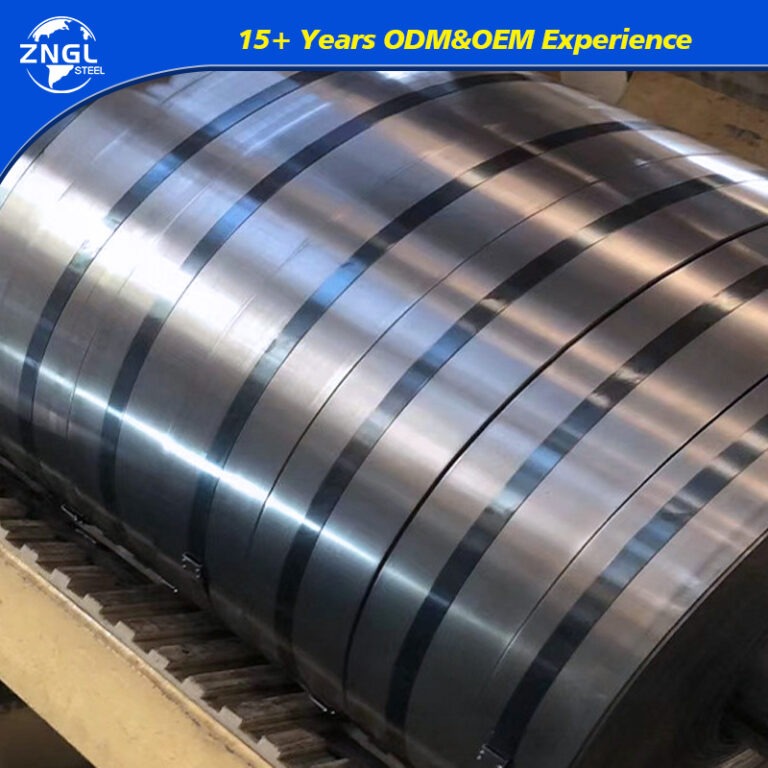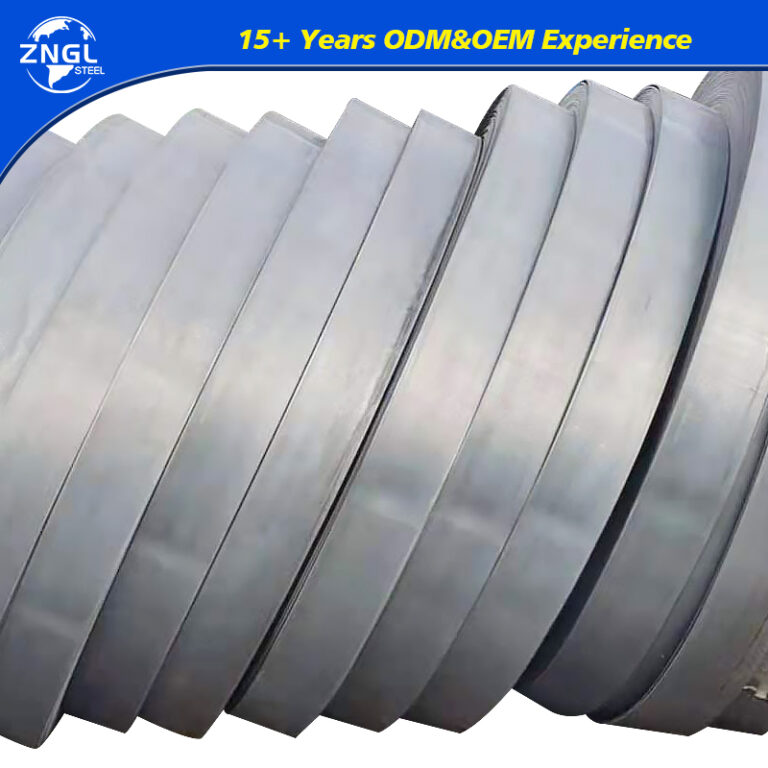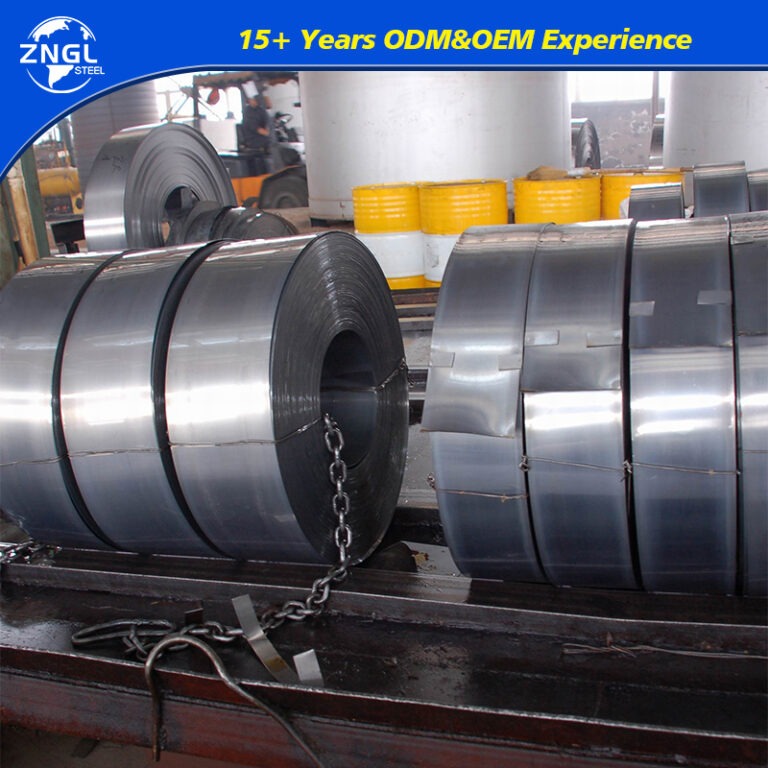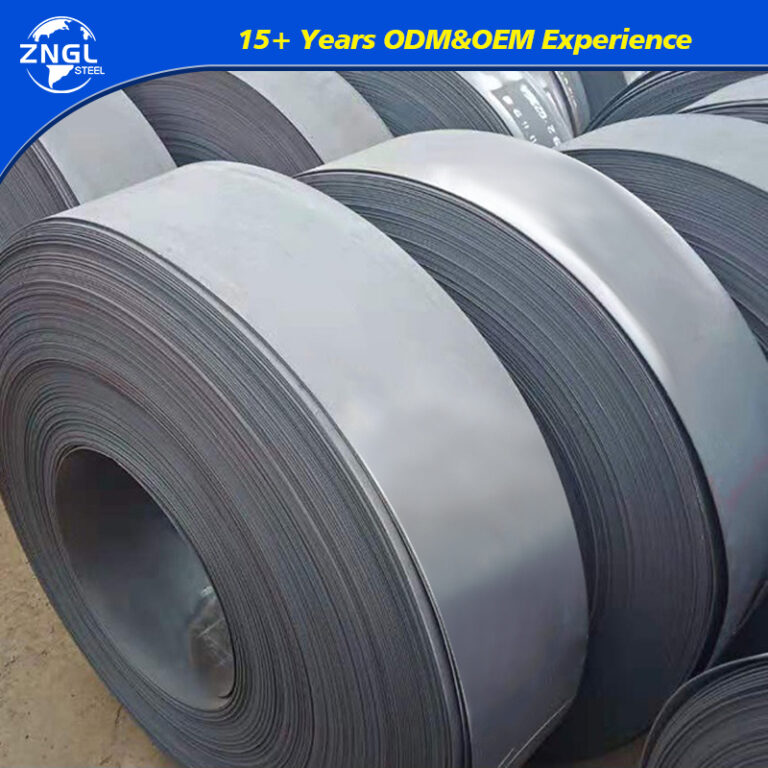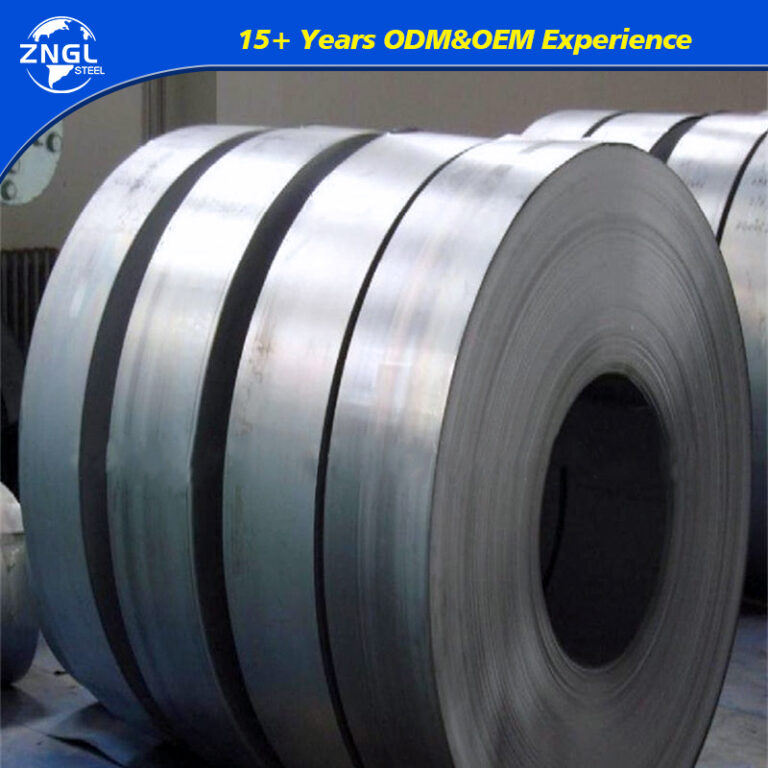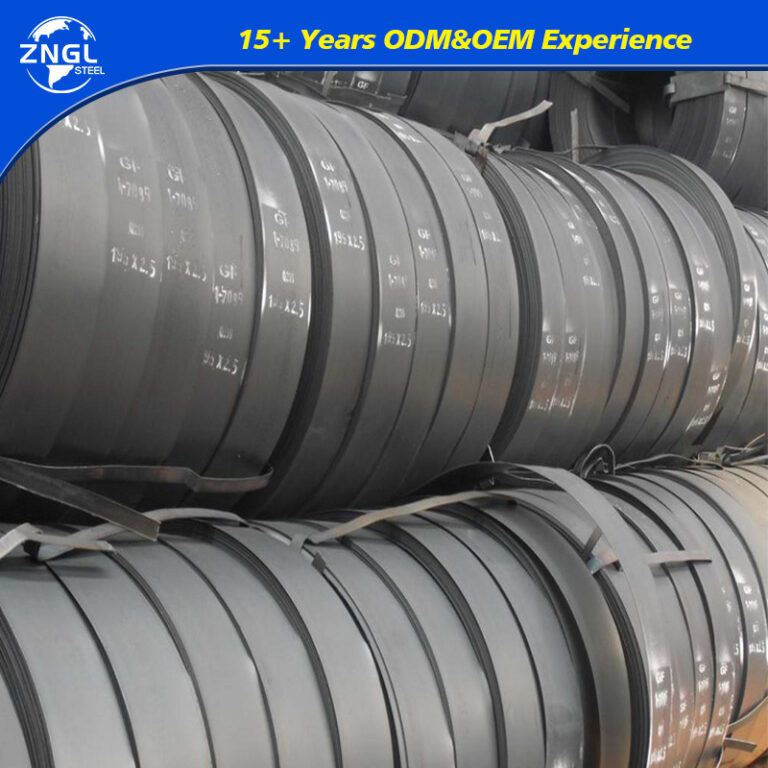Specifications for O1 Tool Steel
O1 Tool Steel Specifications and Details | |
Property | Specification |
Grade | O1 |
Carbon(C) | 0.85-1.00% |
Manganese(Mn) | 1.00-1.40% |
Silicon(Si) | ≤0.50% |
Chromium(Cr) | 0.40-0.60% |
Molybdenum(Mo) | 0.40-0.60% |
Vanadium(V) | 0.30% |
Phosphorus(P) | ≤0.03% |
Sulfur(S) | ≤0.03% |
Other Elements | — |
Key Properties
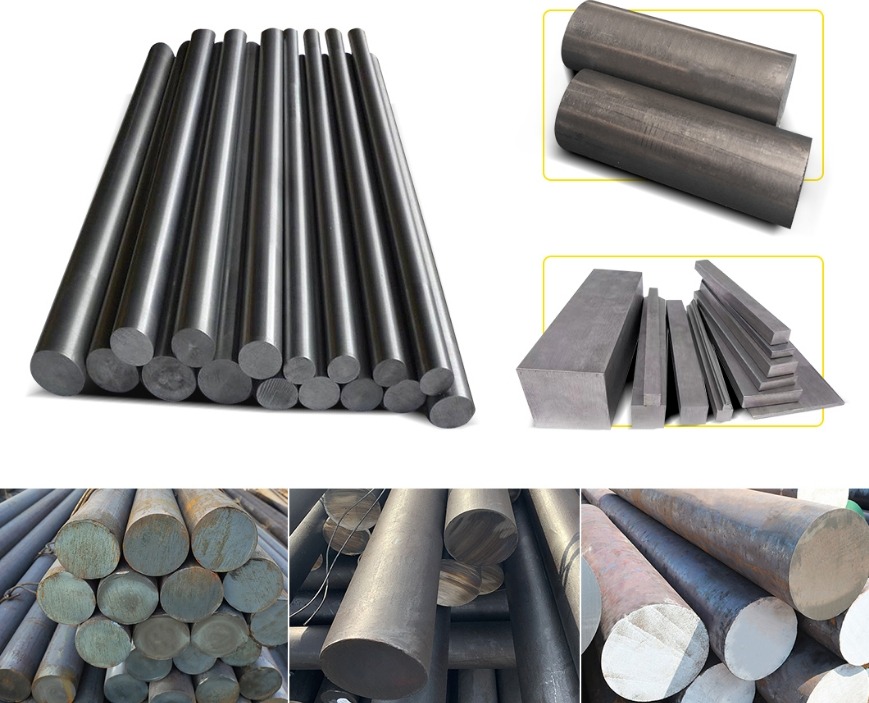
- Hardness: O1 tool steel can achieve a high hardness of up to 64 HRC when properly heat treated. This makes it suitable for applications requiring high wear resistance.
- Toughness: It offers a good balance between hardness and toughness, making it less prone to cracking or chipping under stress.
- Machinability: O1 steel is known for its good machinability, which allows for easy shaping and forming during manufacturing.
- Dimensional Stability: It maintains dimensional stability during heat treatment, ensuring minimal distortion and precise machining.
Heat Treatment Process
- Annealing: Heat the steel to 760-790°C (1400-1450°F), then slowly cool in the furnace to 480°C (900°F) and air cool to room temperature. This process softens the steel for easier machining.
- Hardening: Preheat to 400-650°C (750-1200°F) and then raise the temperature to 780-820°C (1440-1500°F). Quench in oil to achieve desired hardness.
- Tempering: Reheat to 150-350°C (300-660°F) depending on the desired hardness and toughness balance. Hold at temperature for 1 hour per inch of thickness, then air cool to room temperature.
Applications of Spring steel

- Cutting Tools: O1 steel is ideal for manufacturing various cutting tools, including knives, punches, and dies due to its high wear resistance and edge retention.
- Molds and Dies: Used in injection molds, extrusion dies, and other forming tools where precision and durability are critical.
- Industrial Blades: Commonly used for making industrial blades that require a sharp and long-lasting edge.
- Measuring Tools: Due to its dimensional stability, it is used in precision measuring tools like gauges and micrometers.





